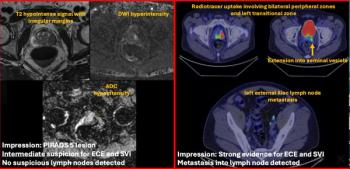
Workstation, RIS flaws lead defense hit list
More than half of the deficiency citations issued to PACS facilities as a result of testing performed by the Department of Defense involve problems with the radiology workstations, system interfaces, and radiology information systems.
More than half of the deficiency citations issued to PACS facilities as a result of testing performed by the Department of Defense involve problems with the radiology workstations, system interfaces, and radiology information systems.
The DOD performed the acceptance testing on its huge Digital Imaging Network-PACS (DIN-PACS). Researchers at the University of Oklahoma Health Sciences Center reported the results in a scientific session at the annual meeting of the Society for Computer Applications in Radiology held in May.
A total of 14 sites were tested between 1998 and 2000. More than 400 separate testing elements were divided into 16 primary categories ranked in order of clinical and technical importance. The components most frequently cited for deficiencies were workstations (25.3% of all citations), RIS/PACS broker interfaces (16.2%), and the RIS itself (14%).
Improvements in software, the development of brokerless interfaces, and widespread use of flat-panel displays could potentially alleviate some of the more common deficiencies.
Newsletter
Stay at the forefront of radiology with the Diagnostic Imaging newsletter, delivering the latest news, clinical insights, and imaging advancements for today’s radiologists.




























